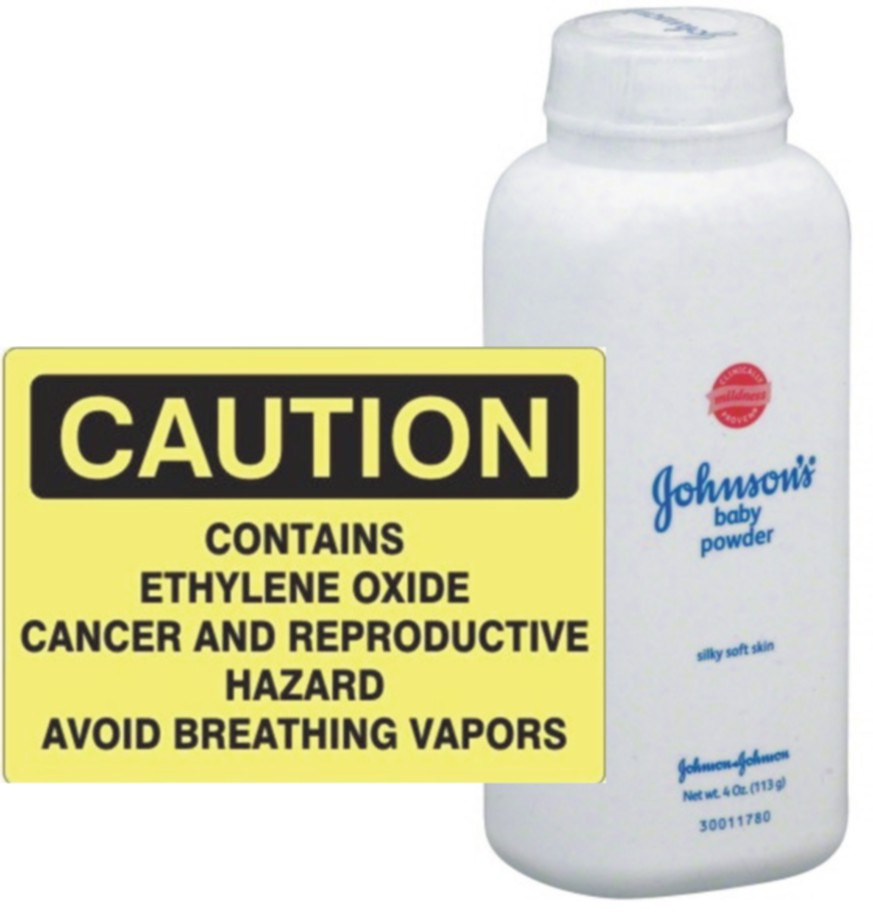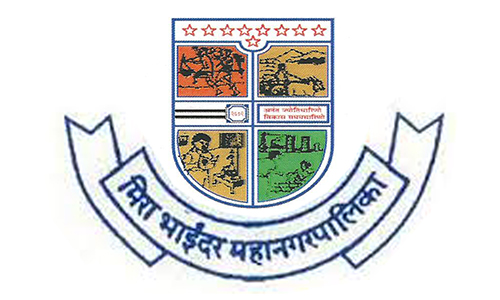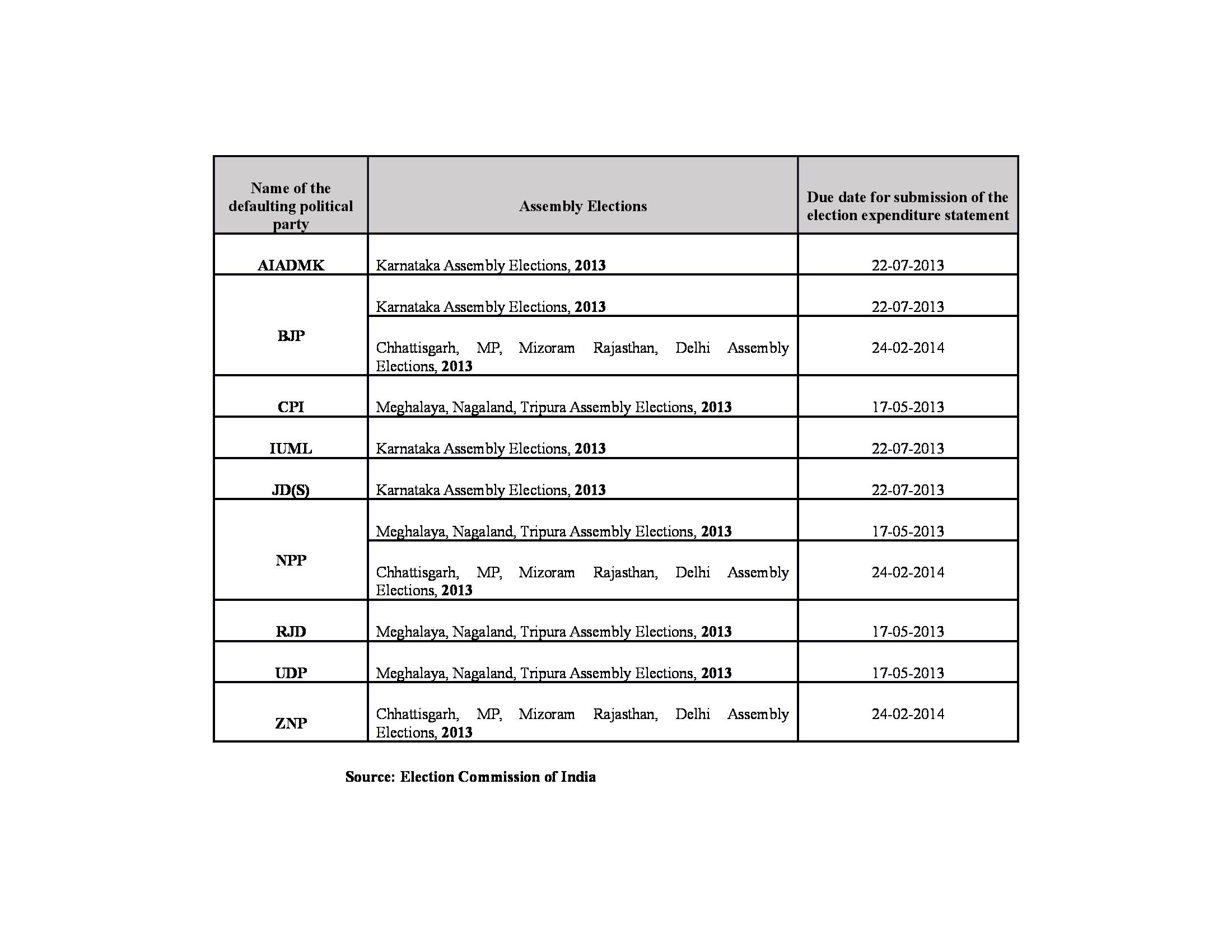
Health hazard warning Toxic Johnson & Johnson’s Baby Powder
Bombay High Court today stayed the order of the Maharashtra Food & Drug Administration (Maharashtra FDA) suspending the license of Johnson & Johnson to manufacture cosmetic products at its Mulund plant. Justice S J Vazifdar and Justice M S Sonak ordered Maharashtra FDA to hear the matter afresh. However, while declining to quash FDA’s order, the bench left it open for whistleblower Dr Ajit Telang to intervene in the matter before FDA, or to approach high court with a PIL.
“Johnson is manufacturing the cosmetic products on a loaned licence,” Justice Vazifdar explained to Dr Telang’s advocate. “If manufacturing is not allowed to resume, the suffering of the other party i.e. the licence owner, will be needlessly prolonged,” he said.
Dr Ajit Telang, who had worked for 14 years at Johnson’s Mulund plant, complained to Johnson’s headquarters in 2008 regarding the contamination of the 1.6 lakh containers of Baby Powder with carcinogenic Ethylene Oxide. Later, in 2011, he alerted FDA and pursued the matter doggedly until the permission to manufacture cosmetic products at its Mulund plant was finally suspended in June 2013.
Brief outline of the case:
- Dr. Ajit Telang, aged 51 years, holding Doctorate in Polymer Science from University Department of Chemical Technology, was a Technical Services Officer and later, Technical Services Manager. He helped to develop many products over the decades, and received four global awards between 1996 and 2003, and the Asia Pacific Award in 2005 for Neutrogena Mask design. He came to hold nine international patents/patent applications during his tenure with Johnson & Johnson.
- In 2006, Dr Telang worked on a Process Excellence (PE) project for elimination of sterilization processes with Ethylene Oxide (commonly called ETO or EO) for Band-Aid range of products, and became well-versed with the harmful effects of ETO.
- Around December 2008, he got information that 15 batches of Johnson Baby powder had been recently sterilized using ETO, which was not as per the procedure allowed by Maharashtra Food and Drugs Administration (FDA). Knowing the propensity of dangerous amounts of ETO residues to linger in powder and plastic containers, he brought it to the knowledge of his immediate superior, and asked him to recall these batches. As no further action was taken by his superior, he filed an online complaint on the website of the headquarters of Johnson & Johnson USA, in December 2008. Still, the 15 batches were not recalled.
- On 15th October 2010, Dr Ajit Telang was sacked without any prior notice.
- In February 2011, Dr Telang approached the FDA and made a full disclosure. In March 2013, FDA conducted a thorough investigation of the incident and the cover-up. Read FDA’s investigation report procured under Right to Information by Dr Telang: http://tinyurl.com/FDA-Report-
on-J-J-Baby-Powder
- Page 8 of FDA’s report says: “The unfortunate babies who were repeatedly exposed to the talcum powder of these Ethylene Oxide treated batches, which was highly advertised and claimed as “mild and clinically proven” product (actually this claim was developed for baby talcum powder in which steam sterilization was used) may develop slowly and silently disease of cancer… there are sometimes years between exposure to a carcinogen and development of cancer. Further, some of these victims may pass on the genetic mutations to next generations if they live longer.”
- The manufacturing license of the Mulund Plant was suspended on 29th June 2013.
- Johnson approached the FDA minister Manohar Naik to have FDA’s order overturned. However, Dr Telang approached the minister and impressed on him the gravity of the multinational’s crime. In the end, the FDA order was upheld by the minister.
- Dr Telang became aware from news reports that Johnson had approached Bombay High Court. He believed that FDA, being aware of the matter, would adequately defend the case. In August, he learned from news reports that Johnson had successfully played down the criminal nature of its offense. For reasons best known to itself and its lawyers, Maharashtra FDA was keeping quiet, instead of drawing attention to the many lies that Johnson was relying on in its petition.
- The implications of Johnson’s lapses for the lives of an estimated 1,61,000 infants (and their mothers) exposed to the baby powder with ETO residues are grim. Based on risk-assessment statistics, it may be inferred that as of date, more than 16 persons have actually died as a result of Johnson’s negligence. This makes it an act of culpable homicide. Risk-assessment statistical analysis indicate that deaths due to cancer, and also genetic mutations, will continue for years and decades. However, any connections drawn between actual deaths, mutations etc, to the baby powder would necessarily have to be probabilistic.
12 Flaws in Johnson’s High Court Petition:
- To give a clean chit to Johnson, PCP Lab in Thane assumed that the Permissible Exposure Level (PEL) for babies is the same as for adults i.e. 1 ppm. The tests conducted by Johnson at PCP Lab say that residual ETO of 1 ppm was “not detected”. Baby skin being three times thinner than adult skin, it is globally accepted that human babies are 100 times more sensitive to a carcinogen than adults, and therefore, the PEL for babies should be 0.01 ppm.
- Residual ETO levels of, say, 0.9 ppm may very well be present in that same sample, in which 1 ppm was “not detected”. In other words, the test parameters are faulty.
- PCP Lab did not draw the test samples. Samples were supplied by Johnson, and hence the test results are not reliable and unacceptable by a court of law. (An authorized person from PCP lab person should have independently collected the samples from the market and brought it to the lab in a sealed envelope.)
- Johnson conducted the test to determine residual ETO at PCP lab about 17 months after the product was released to market. This is not acceptable as per ISO standards.
- PCP is a non-FDA approved lab, and it did not have validated test method to conduct this test. PCP Lab modified the ISO test and carried out the test for carcinogenic residual ETO contents in the Baby Powder container without a previous ‘validation of test’ procedure.
- PCP did not have a blank unsterilized sample from J&J which is the ISO test method requirement (ISO 10993-7, 2008, section 4.4.3) and hence J&J India got their samples tested without a blank. The FDA report confirms this discrepancy. The PCP lab used 1 ppm ETO as standard as per their report and reported the residual carcinogen results as “not detected”.
- In its petition, Johnson has relied on a report by Gary Mitchel, who, while being a world-renowned expert, is an employee of Johnson & Johnson, USA. To give his company a clean chit, Gary Mitchel has referred to residual ETO in Shower-to-Shower powder and ear buds to arrive at the detection limit of 0.1 ppm. These products are for adults and hence, these references are irrelevant and misleading.
- Another set of “simulation tests” done at Bee Pharmo, submitted as evidence by Johnson, were also done with 1 ppm as ETO standard. The test samples at this lab were from aimulation test done at Microtrol’s sterilization facility at Gurgaon, Haryana, which is an advanced facility certified by regulatory agencies as per the Microtrol website. However, the original ETO sterilization of the 1.51 lakh boxes of baby powder were carried out at the Microtrol unit at , which is a very old non-certified facility of Microtrol built in 1983. The decision of Johnson to carry out a “simulation test “at a sophisticated facility in Haryana is dubious.
- The simulation protocol was not shared with FDA in advance, before conducting the test. The simulation test was not approved by FDA in advance. As per proper protocol, a representative from FDA should have been present during the “simulation test” at Gurgaon to see that the test is done as per approved protocol. This was not done. An FDA person should have drawn the test samples of Baby Powder containers from the sterilizer and should have sent those samples for testing at Bee Pharmo laboratory in a sealed envelope. This also was not done. The results submitted by J&J themselves, in the absence of monitoring by any third party during the trial and drawing of samples, cannot be acceptable to any court of law.
- Bringing down the residual values of ETO is notoriously difficult and time consuming. Scientific research has shown that aeration time of as many as 17 hours may be needed to get bring residuals of a “medical device” below 1 ppm after ETO sterilization. Even after 96 hours of aeration, some researchers found that polythene samples had 40 ppm of residual ETO in them.
- American college of chest physicians opines that the aeration time to reduce residual carcinogenic ETO from a very low weight 5g talc pouch took 24 hours of aeration time. A 100 gram container of baby powder (which is much denser than 5g talc) may take 20 days to several months for residual carcinogenic ETO to be extracted. And yet, Johnson had used only 30 minutes of aeration time. Experts can state with absolute certainty that if the simulation test at Gurgaon, Haryana is carried out with aeration time of 30 minutes, there is no possibility of removing the residual ETO from 100 g baby powder container.
- Johnson has relied on a self-serving and unscientific report by Gary Mitchel of J&J USA, written without conducting a single actual test as per ISO 10993-7 (2008). This ISO standard requires determination of residual ETO in a medical device by conducting an actual extraction test. Gary Mitchel has made up a full report by making only theoretical assumptions and mathematical calculations, which USFDA would never accept. Mr Mitchel has computed quantity of ETO concentration in the container as 145 mg/ litre when the Batch record sheet of Microtrol shows it as 750 mg/ litre and hence the calculation has used 750/145 mg/litre = 5.17 times less quantity. Further, Mr Mitchel uses on page 152 of his report an equation that is not mentioned anywhere in ISO standard to “theoretically” calculate the residuals of the whole baby powder container post ETO sterilization. Surprisingly this equation does not have any factor for material of the packaging (HDPE baby powder containers, which adsorb a lot of ETO) nor for the material like talc. In the absence of such factors, it is theoretically possible to pack 100 g of baby talcum powder in a PVC or glass container (instead of J&J’s HDPE container) of the same volume (188 ml), and the same reading of 21.9 mg /litre will be derived. Alternatively, if, instead of 100 g talc, one were to pack 100 g of mud or sand or iron shavings inside baby powder containers, the result would be the same the equation does not have a factor for material packed inside the container and hence does not recognise the type of material. Hence, this equation does not have any scientific basis. And as if this were not enough, Mr Michel has relied on an outdated ISO tolerable limit of daily exposure of 20 mg of ETO residue in 1995, instead of the more stringent limit of 4 mg imposed in 2008. But even this is only applicable for adults, and not for babies, who are their target customers.
Johnson thus tried to confuse the court by using contradicting information as per their convenience, averred Dr Ajit Telang in his petition.
Dr Ajit Telang’s Petition: http://tinyurl.com/Johnson-
An earlier press release: Lies of Johnson & Johnson’s Petition for Restoration of its Manufacturing License !!!
FOR DETAILS & DOCUMENTS, CONTACT Dr Ajit Telang 9323227247, atelang1@gmail.com




